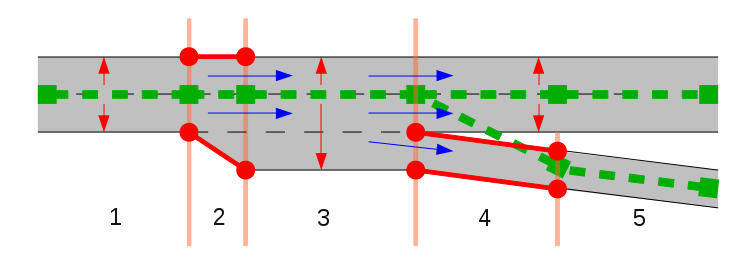I think this notion of “definitively linear” is affected by scale. If I’m mapping at zoom level 18 or viewing the map at z15 and the waterway has a nontrivial length, the same degree of imprecision may not bother me so much. It reminds me of how, when I return to ponds I mapped reasonably carefully a decade ago, I’m horrified at the sharp angles I drew where there should be smooth curves. But this only happens when I’m mapping at my usual z19–20, something I couldn’t fathom a decade ago. In a few years, I’ll feel lost trying to navigate the sea that is a backyard swimming pool.
I find it interesting that these artificial paths through waterbodies has caused so much discussion, whereas other kinds of artificial paths artificial paths have barely attracted any attention:
footway=link has seen phenominal growth as mappers draw beeline dashes from the curb to the street centerline or parking aisle. Mappers usually don’t delete the highway=footways going through a pedestrian area, because almost every router would otherwise tiptoe around the perimeter, which causes us embarrassment. When mapping a motorway ramp, the consensus is apparently to have it run roughshod over a patch of pavement or grass where vehicles cannot go in reality. We call this a transition. (Yet the Kreuz Köln-Sud solution looks so artificial that, inevitably, the Kreuz Köln-Sud itself no longer conforms to it.)
In an unsophisticated renderer, disembodied and misleading labels can occur with all these tagging approaches too, though some renderers’ translucent waterbodies do exacerbate the waterway problem. At least the technology for efficiently mitigating that problem (layering and masks) is well-known, if not ubiquitous (#6).
